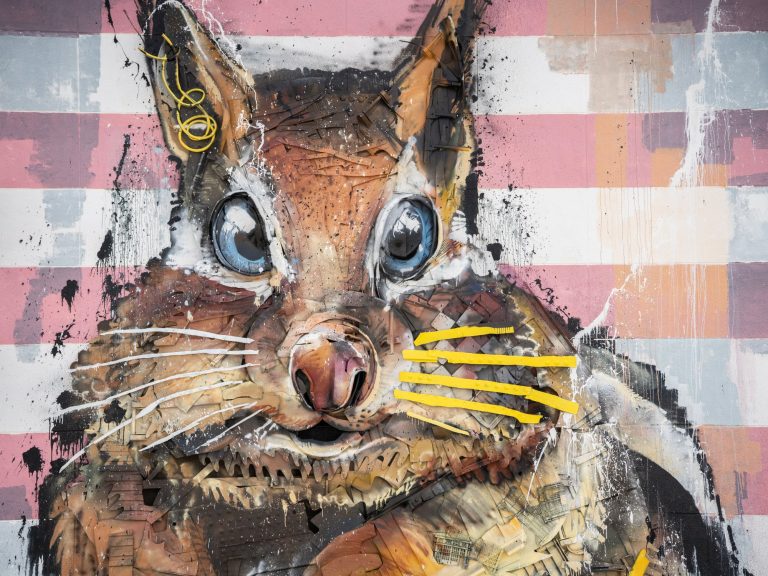Autumn may bring the end of a growing season, cooler temperatures, and even changing leaves. No matter what fall brings where you live, you may be looking for some ideas to keep the creative juices flowing in your classroom. Rules and procedures are being practiced, introductions are out of the way, and you and your students are ready to dive into artmaking.
Landscapes are an excellent choice for this time of year for many reasons. Some of us are able to draw natural inspiration from the changing season. Even if the seasonal changes are not as drastic where you live, landscapes are still a wonderful choice. Because landscapes are very organic, young emerging artists can make stunning landscapes that look like real landscapes without much artistic skill. Landscapes can give students the opportunity to practice perspective, texture, space, detail, color, and more! You can approach them through a lens of realism or imagination. Even toss in some art history to expose students to artists who love landscapes.
Let’s get inspired by nature and look at five fall landscape projects.
For landscape lessons aligned to all 50 states’ visual art standards, including NCAS, FLEX Curriculum has you covered. FLEX includes thousands of lesson plans, resources, videos, assessments, and artist bios. Filter and search so you can find exactly what you need. To find out how to get your district or school to provide FLEX, fill out this quick contact form.
Get started with these FLEX Collections that focus on landscapes:
1. Nighttime Landscape Drawings
This project uses simple materials to create a nighttime landscape. You will need black construction paper and your choice of drawing materials, such as colored pencils, chalk, or oil pastels. Students draw things they see at night using white or yellow colored pencils.
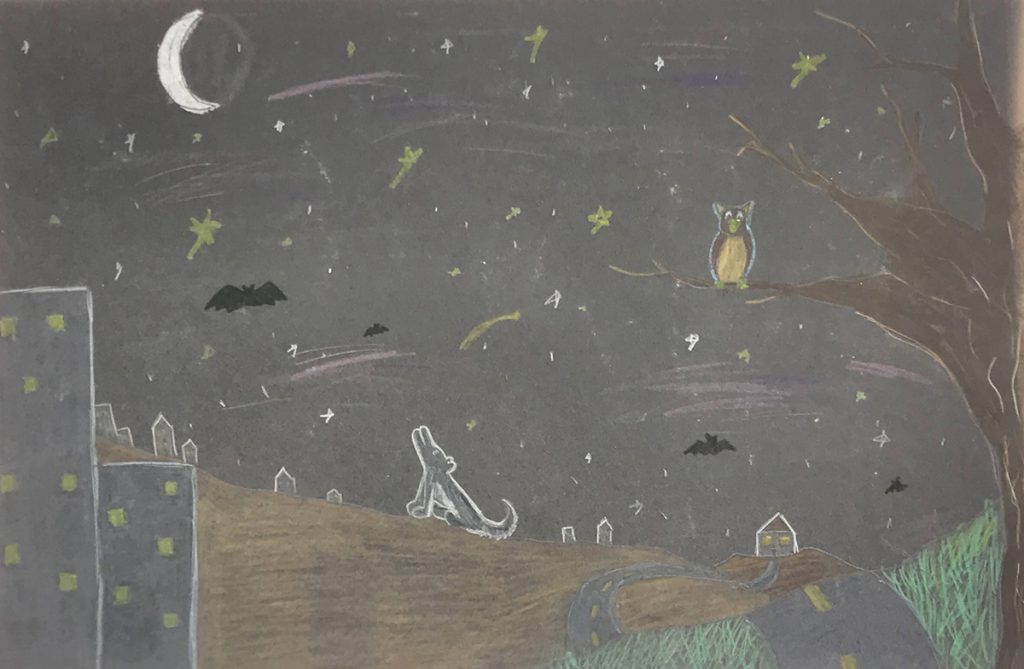
Thomas Cole’s painting titled Moonlight is an exemplary choice to reference for this project. It displays interesting symbols, including the moon, stars, and people needing light to see. This work of art also shows objects in deep tones and shadows.
2. Wax/Oil Resist Landscapes
A classic but fun technique, wax or oil resist lends itself perfectly to little artists and landscape creation. For this lesson, you will need tagboard, pencils, watercolors, brushes, water, and either crayons (wax) or oil pastels (oil). Deciding whether to use crayons or oil pastels for the resist will depend on the materials you have on hand and the age of your students. Younger students (typically third grade and under) may struggle to press the crayon hard enough for the wax to “resist” the watercolor paint, making oil pastels a better choice.
Students sketch autumn elements in their landscape. Color in all objects, landscape features, people, animals, etc., except the background! Remind students to press really hard with their crayons or oil pastels. Add a layer of translucent watercolors on top to fill in the background.
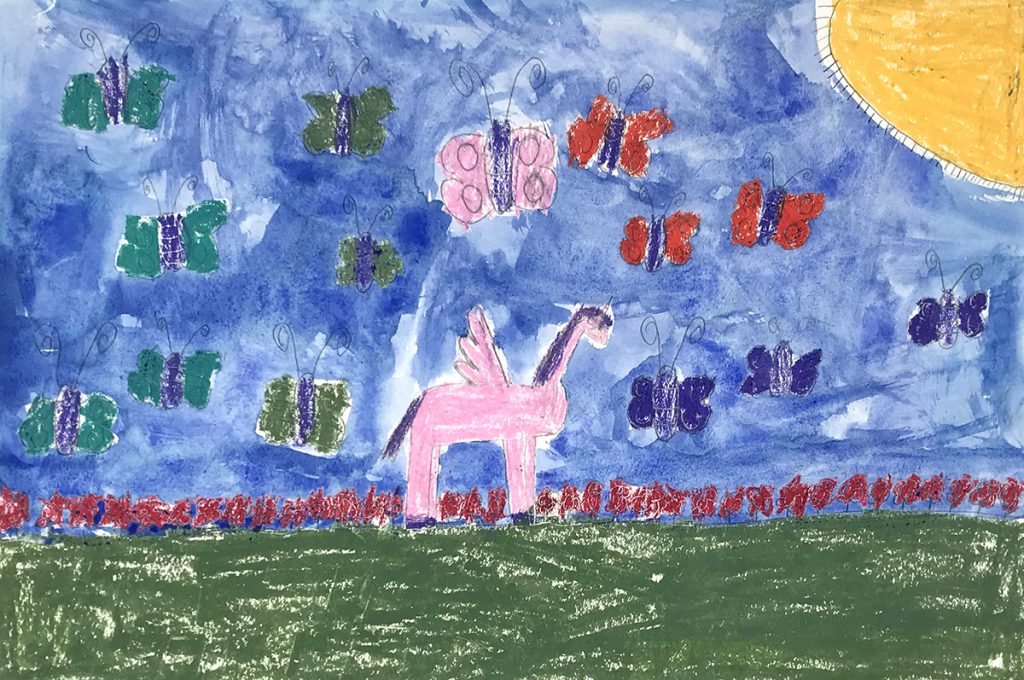
Rosa Bonheur has a lot of versatile works that make her a wonderful candidate to connect with wax/oil resist paintings. Bonheur typically displays farm animals under vast skies and landforms, which is something your students may wish to achieve in their pieces.
3. Textured Landscapes
Share an artist that uses texture in their work, such as Thomas Moran or Albert Bierstadt. List autumn objects and their textures. Demonstrate how to create those textures with repeated lines and shapes. Highlight the different parts of a landscape, such as how objects in the foreground show clearly defined texture and detail, while objects in the midground show slightly less, and those in the background show little to none.
This project can be approached using oil pastels or paint. If using oil pastels, you will need paper, pencils, oil pastels, and toothpicks. If using paint, you will need tagboard, pencils, acrylic paint, plastic knives, plastic forks, or palette knives. In either case, the goal is for artists to create a landscape and add texture by etching into the surface of the medium. Encourage experimentation and exploration!
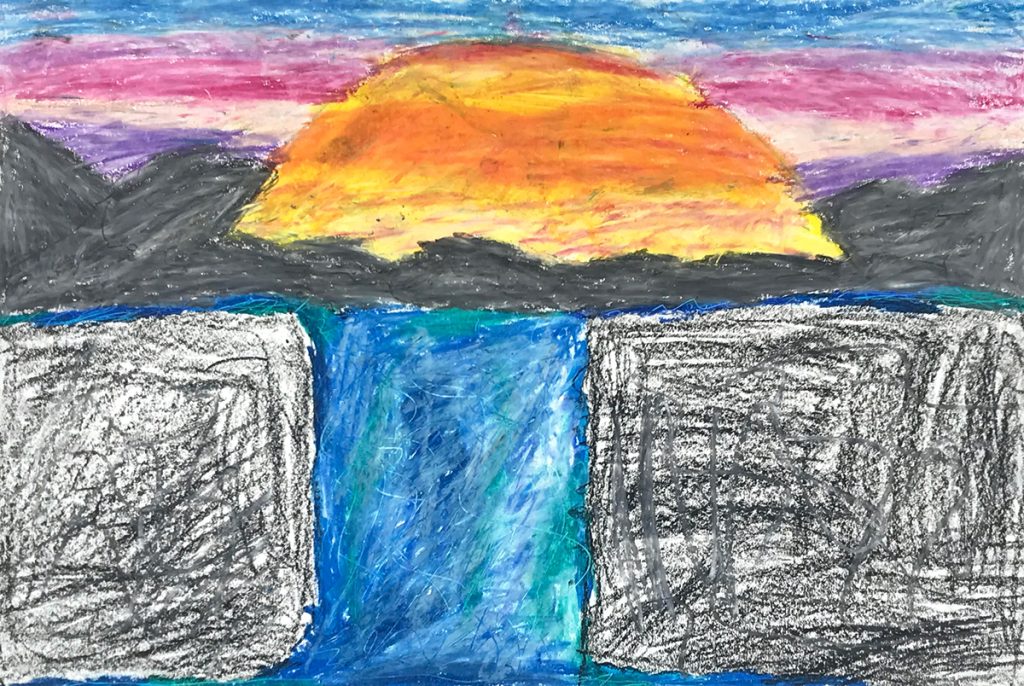
4. Warm and Cool Photo Landscape Drawings
This is an interesting activity that involves backward design in the creative process. You will need paper, pencils, magazines or photo clippings, scissors, glue, and colored pencils. Students cut out an image or two they like that is less than half a page in size and glue it on their base paper. Draw a fall scene that incorporates their images(s).
Discuss warm and cool colors and introduce Claude Monet or Berthe Morisot. Use colored pencils to add color. Encourage them to match the colors to their image(s) and focus on warm or cool colors for a seamless, unified artwork.
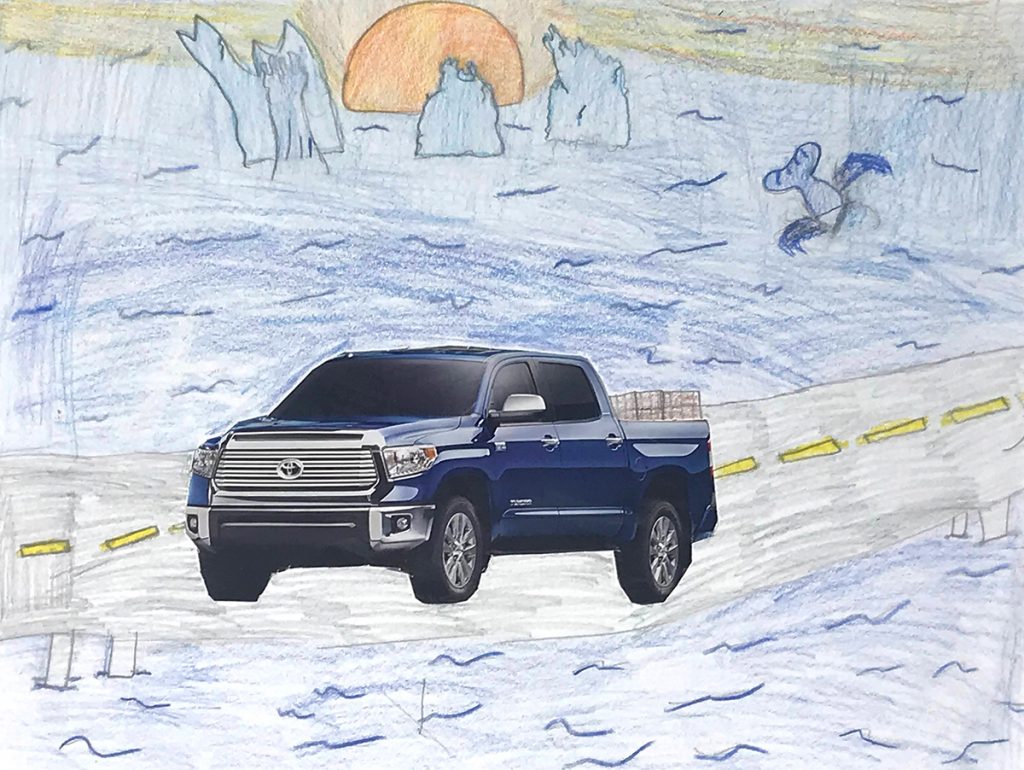
5. Collage Landscapes
Much like the Textured Landscapes activity above, a collaged landscape can teach depth and perspective. Katsushika Hokusai is not a collage artist. However, he makes use of flat shapes and layers in his work. A similar approach can be applied to this project. You will need white paper, assorted scrap or construction papers, scissors, glue, pencils, crayons, colored pencils, and markers.
Demonstrate how to cut or tear and then layer papers. Start with the background, place the midground on top, then add the foreground last. Students add fall-inspired fine details with crayons, colored pencils, and markers. Ensure that smaller details are farther away and larger details are closer to the viewer.
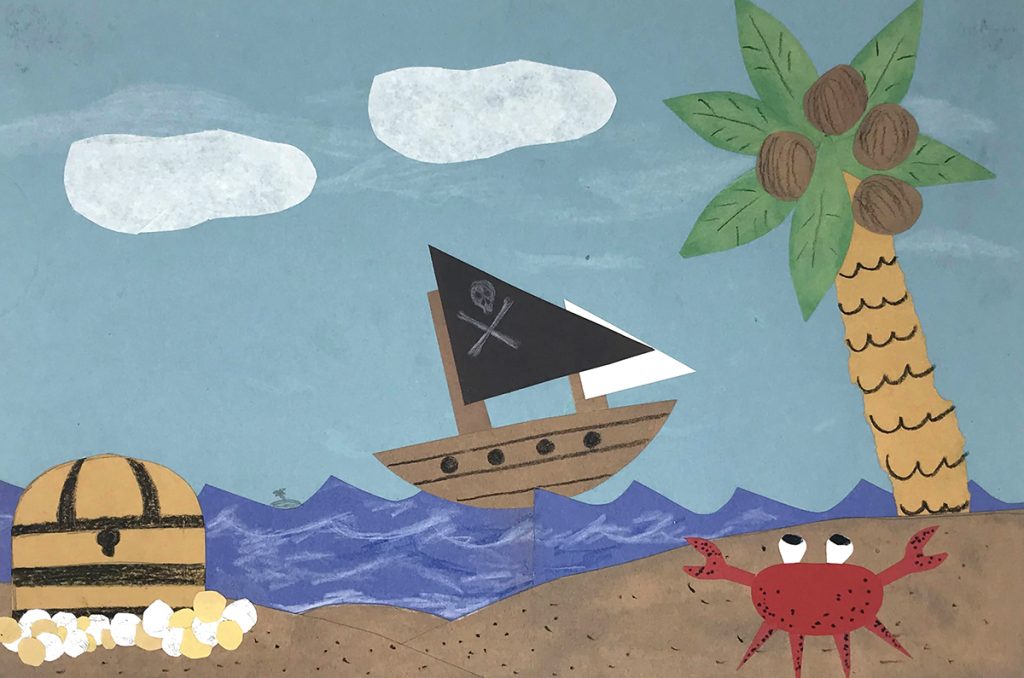
Landscapes are so much fun to explore! They are also a subject matter all students can find success with because they are organic and forgiving. Landscapes can use many techniques, and there are endless art history connections you can incorporate. Give one (or more!) of these landscape ideas a try, and check out FLEX Curriculum for more detailed lesson plans. Each lesson plan includes key objectives, teaching strategies, standards alignment, step-by-step instructions, resources, assessments, and more. Embrace autumn in your art room and get students excited for the change of seasons!
Who is your favorite landscape artist to share with your students?
What does a typical fall landscape look like where you live and teach?
